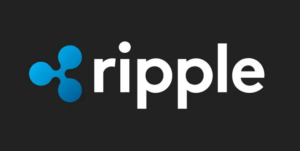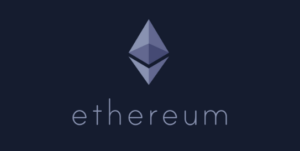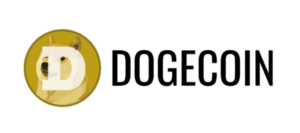Future Financialization of Hashrate Markets in Crypto Industry
Bitcoin miners are compelled by the cryptocurrency’s economic design to reduce costs every four years during a halving stress-test. This pressure drives miners to seek inexpensive energy sources, leading to two primary strategies: being grid-tied or directly co-located with power generators.
The grid-tied model offers economies of scale, allowing large-scale miners to access cheaper energy rates based on the size of their grid load. It also enables participation in Demand Response and ancillary services due to the interruptible nature of this computing method.
On the other hand, the co-location model capitalizes on inefficiencies and imbalances between energy demand and supply. Miners utilizing this approach target intermittent renewable energy sources like solar and wind, as well as baseloads such as hydro, nuclear, and geothermal. Operating behind the meter involves various business models like vertical integration, partnerships, and joint ventures, facilitating energy arbitrage and the generation of Renewable Energy Certificates (RECs).
Bitcoin’s hashrate, the computational power securing the network, is evolving into a unique commodity with promising investment potential. Its characteristics of fungibility, divisibility, durability, and scarcity make it an appealing asset class. Hashrate presents opportunities for individuals to engage in Bitcoin mining without owning physical hardware. Derivatives also allow for hedging against price fluctuations, serving as risk management tools for miners and investors.
The value of hashrate is intricately linked to the demand for Bitcoin mining, influenced by factors like Bitcoin price and mining profitability, albeit susceptible to regulatory challenges. Despite these obstacles, Bitcoin’s hashrate emerges as a compelling commodity with distinctive investment and trading prospects. As the Bitcoin ecosystem advances, the role of hashrate as a tradable asset is poised to expand, attracting more attention and innovation within capital markets.
Understanding the relationship between hash price and hash cost is critical for miners to make informed decisions and attract capital. The gap between these metrics impacts a miner’s profitability and ability to secure funding. Lenders assessing loan risks scrutinize this gap, pressuring inefficient miners seeking capital due to their preference for low-risk returns.
For instance, the introduction of Runes, a mechanism for creating non-fungible tokens on the Bitcoin blockchain, temporarily spiked blockspace demand, resulting in higher transaction fees and confirmation times. This scenario prompted Bitcoin miners to sell hash price futures to secure future revenue, a decision that proved prescient as blockspace demand subsided post-halving. The availability of hashrate-linked products now offers more financial insights to predict network events’ impact on blockspace demand and transaction fees.






